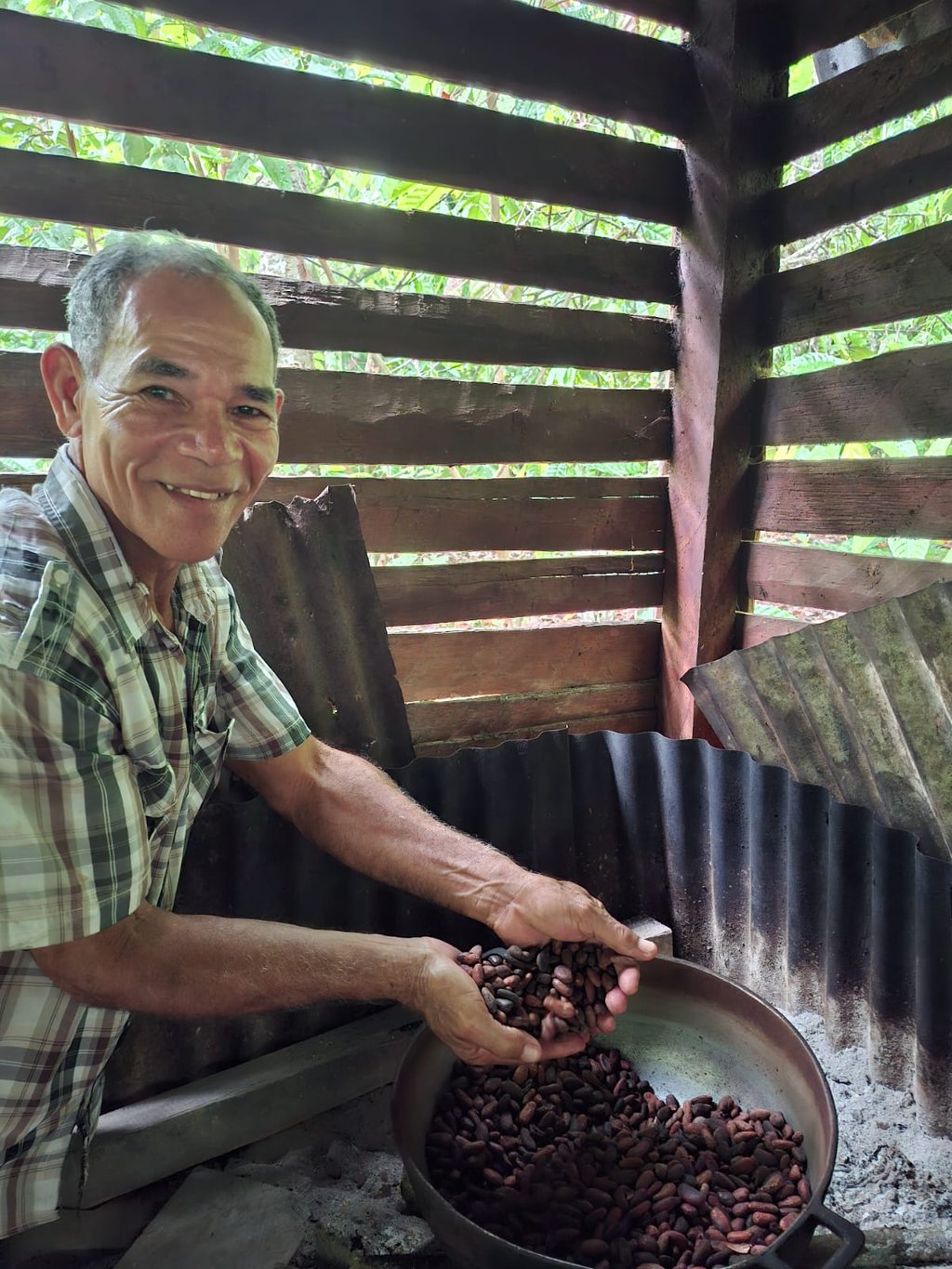Discover the Flavor and Story Behind Dominican Chocolate
Discover the story and flavor of Dominican chocolate. Learn how it’s made and book a cocoa farm tour with Do It Tours in the Dominican Republic.
11/5/20254 min read


When you taste Dominican chocolate, you’re enjoying more than sweetness. Each bar tells a story of land, people, and tradition that has shaped the Dominican Republic for centuries. From humble beginnings in colonial times to becoming one of the world’s leading producers of fine organic cocoa, the journey of Dominican chocolate is as rich as its flavor.
From the First Trees to a National Treasure
Cocoa arrived in the Dominican Republic in the early 1600s with Spanish colonizers. The first plantations were small experiments, but when the French settled in the western part of the island later that century, they brought new varieties and farming knowledge that transformed cultivation.
By the late 1800s, cocoa had become an important export. Falling tobacco prices encouraged farmers to turn to cacao, and soon it was growing across the island’s fertile valleys. For decades, however, most Dominican beans were sold as bulk cocoa, often considered low-grade because of limited fermentation and drying techniques.
That changed in the late 1980s, when development programs partnered with local producers like CONACADO to teach modern fermentation and post-harvest methods. These improvements completely redefined Dominican cocoa. Today, the country is recognized worldwide for its quality and unique flavor profile.
The Two Dominican Classics
Dominican cocoa is known for two main varieties: Sánchez and Hispaniola. Both come from Trinitario hybrids, but their processing sets them apart.
Sánchez cocoa is unfermented and dried right after harvest. It has a simpler taste and is often used for cocoa butter and mass production. Hispaniola, on the other hand, is fermented for several days, developing complex flavors and a pleasant aroma that chocolate makers love. This variety is highly valued in Europe for its depth and character.
Other genetic types, such as Criollo and Forastero, also grow in the country. Criollo is known for its delicate and fruity profile, while Forastero brings strength and bitterness. Together, they create the diversity that makes Dominican chocolate distinctive.
Flavor Shaped by Nature and Care
Dominican cocoa offers a wide range of flavors thanks to its genetics and geography. Many beans reveal notes of red fruits, citrus, banana, and prune, sometimes touched with floral or nutty tones. The country’s eastern and central regions tend to produce slightly more bitter beans, while others deliver smooth and balanced profiles.
The size of most farms plays an important role. Nearly three-quarters of Dominican cocoa farms are between two and five hectares. Farmers often grow cocoa alongside other crops like avocados, citrus, and bananas. This mixed planting not only supports biodiversity but can also influence the flavor of the beans, giving them subtle regional differences.
A Sustainable and Proudly Organic Producer
The Dominican Republic is one of the world’s leaders in organic cocoa. Thousands of small producers are certified by international organizations such as Fairtrade, Rainforest Alliance, and USDA Organic. Cooperatives have helped ensure fair prices and sustainable practices that protect both farmers and the environment.
Projects like Cacao Forest and partnerships with European chocolate companies have supported training and reforestation, showing how cocoa can drive rural development while preserving local ecosystems. Dominican cocoa has become a model for ethical and high-quality production.
International Recognition
Dominican cocoa now competes with the finest in the world. At the Chocolate Salon in Paris, the country’s “Bar de la Hispaniola” won two prestigious awards — one recognizing global quality and another for Latin America. These achievements placed Dominican chocolate alongside the best brands from France, Italy, and England, proving that quality and craftsmanship thrive here.
In recent years, exports have grown dramatically. From January to May 2025, the Dominican Republic exported almost 130 million dollars’ worth of cocoa and by-products — an increase of more than 50% compared to the previous year. Behind those numbers are thousands of small farmers whose care and patience turn raw beans into something extraordinary.
Visiting the Source
To truly appreciate Dominican chocolate, there’s nothing like seeing how it’s made. Several cocoa farms open their doors to visitors, offering guided tours where you can follow every step from tree to bar.
You’ll walk through green plantations filled with ripe pods hanging from slender trunks. You’ll learn how each pod is hand-cut, how the beans ferment in wooden boxes, and how the sun-drying process brings out the aroma. Tasting freshly made chocolate while standing among the trees gives you a sense of connection that no store-bought bar can offer.
These tours are not just about chocolate; they’re about people. You’ll meet farmers who have inherited their craft through generations and who proudly share their knowledge. Their stories reveal how much dedication lies behind every bar of Dominican chocolate that reaches your table.
A Taste Worth Remembering
Dominican chocolate represents more than flavor. It’s the expression of a country that has transformed a humble crop into a national symbol of quality and sustainability. From the first Spanish plantings to modern organic cooperatives, the Dominican Republic’s cocoa story continues to grow and inspire.
When you enjoy a piece of Dominican chocolate, you’re tasting the result of centuries of experience, tropical climate, fertile soil, and the skilled hands of thousands of local farmers. Each bite captures the warmth and spirit of the island itself.
Experience It Yourself
If you’re visiting the Dominican Republic, don’t just buy chocolate — discover where it comes from. Join a local cocoa tour and see, smell, and taste the process from start to finish.
Do It Tours offers authentic experiences that take you deep into the countryside, where you’ll visit working cocoa farms, meet local producers, and taste freshly made chocolate. It’s a full day of culture, flavor, and learning, surrounded by the natural beauty of the Caribbean.
Book your spot today and turn your love for chocolate into a journey through the heart of the Dominican Republic.
